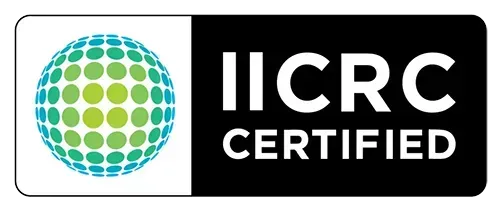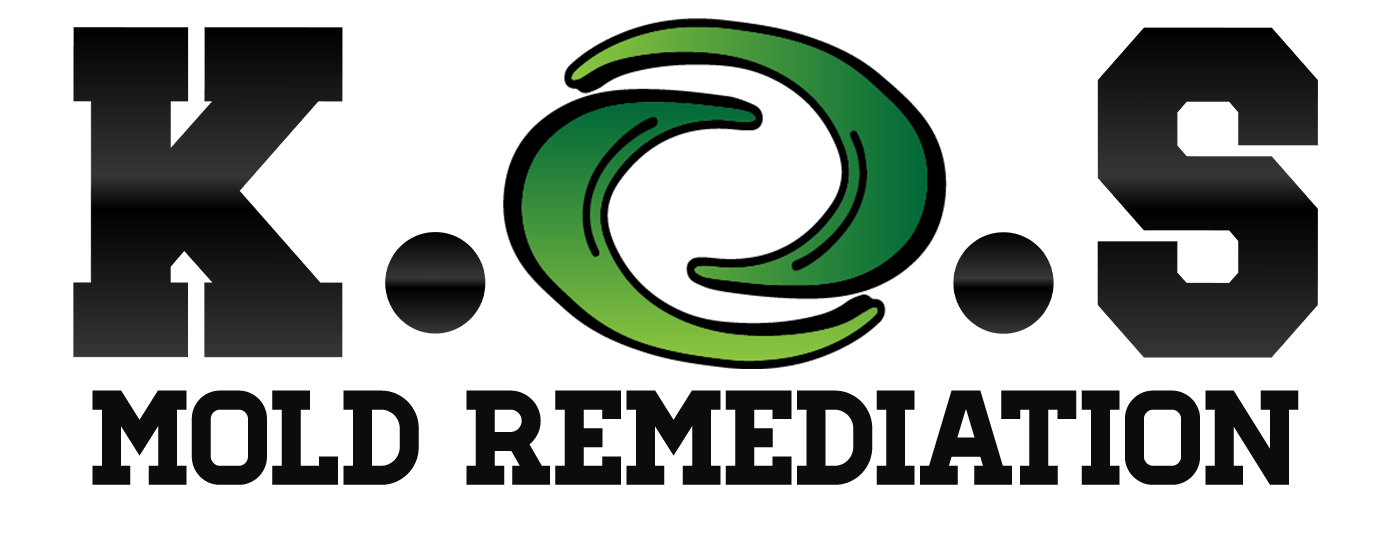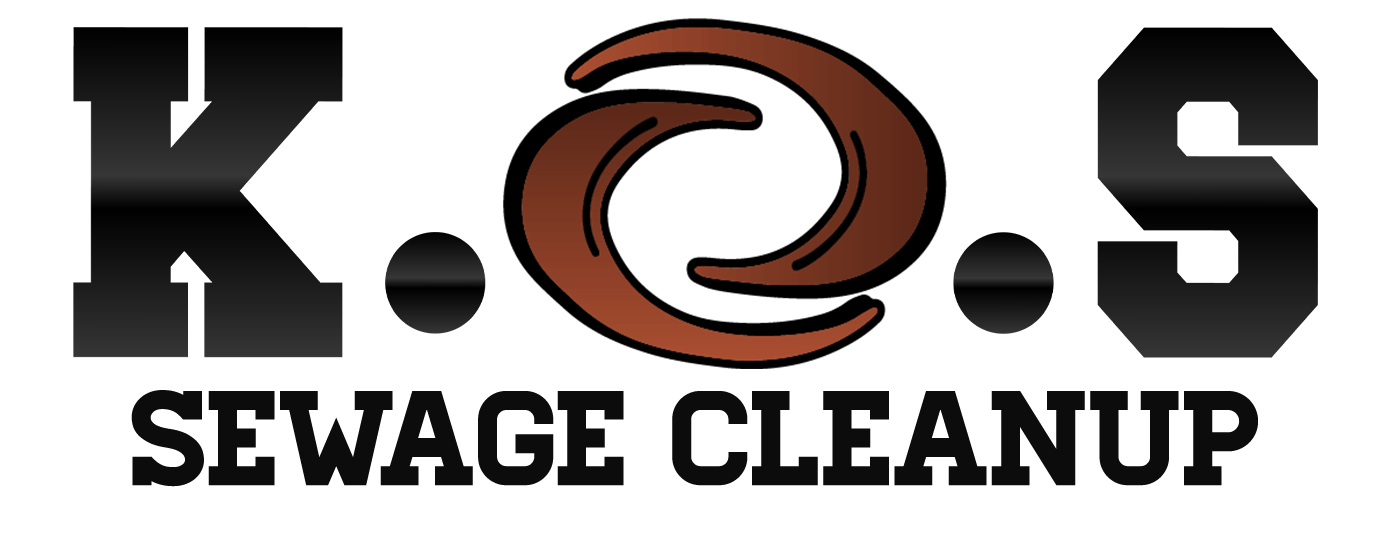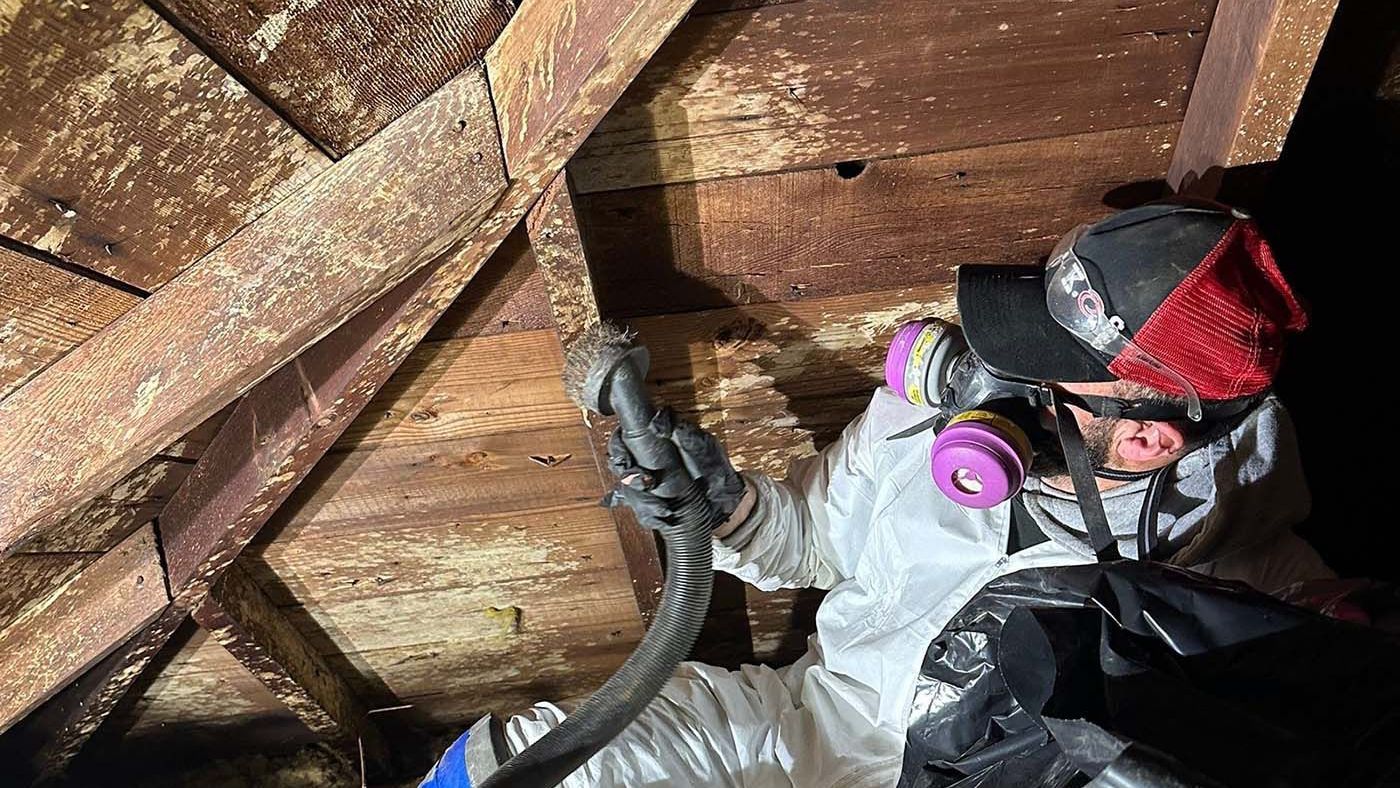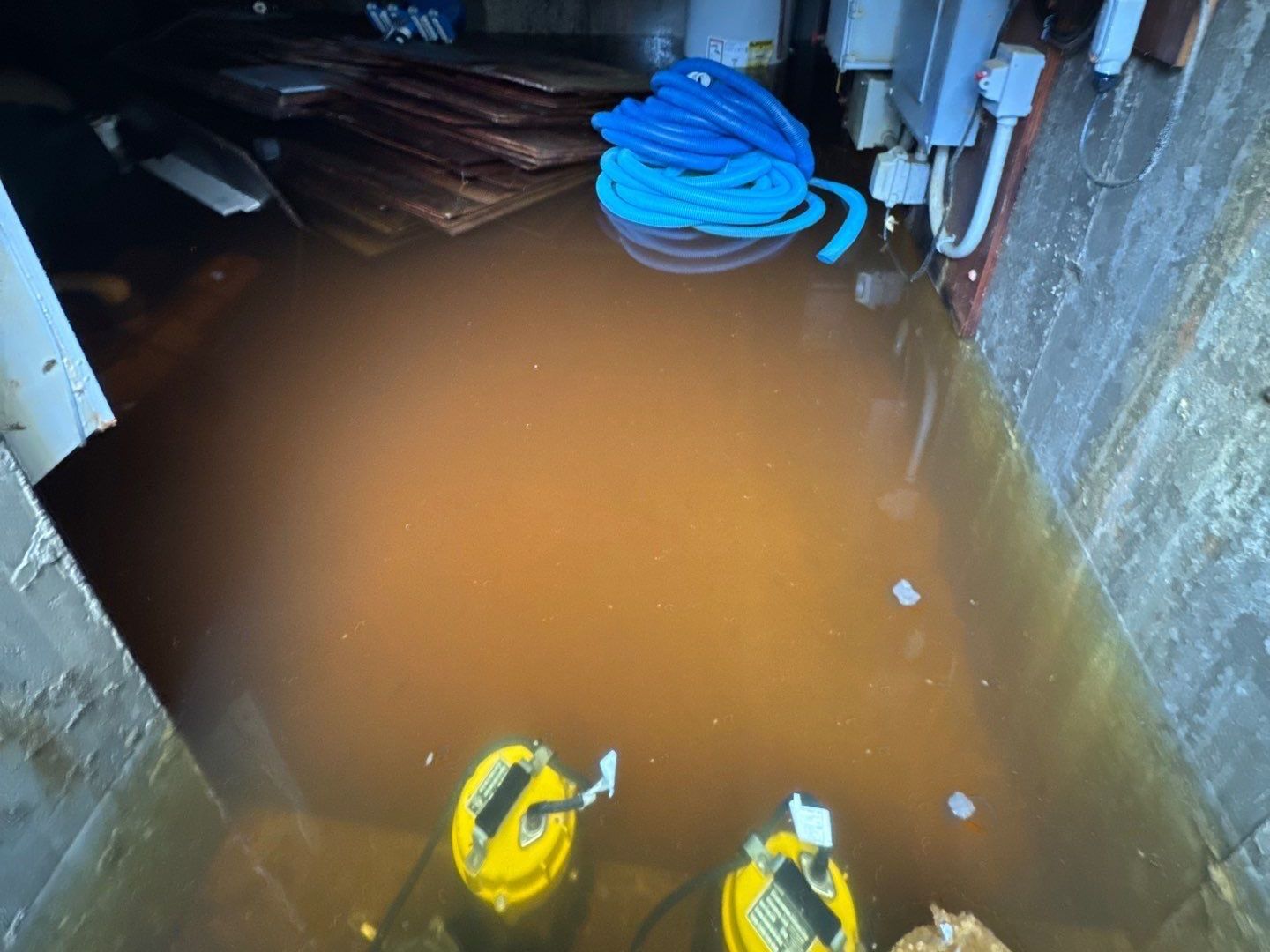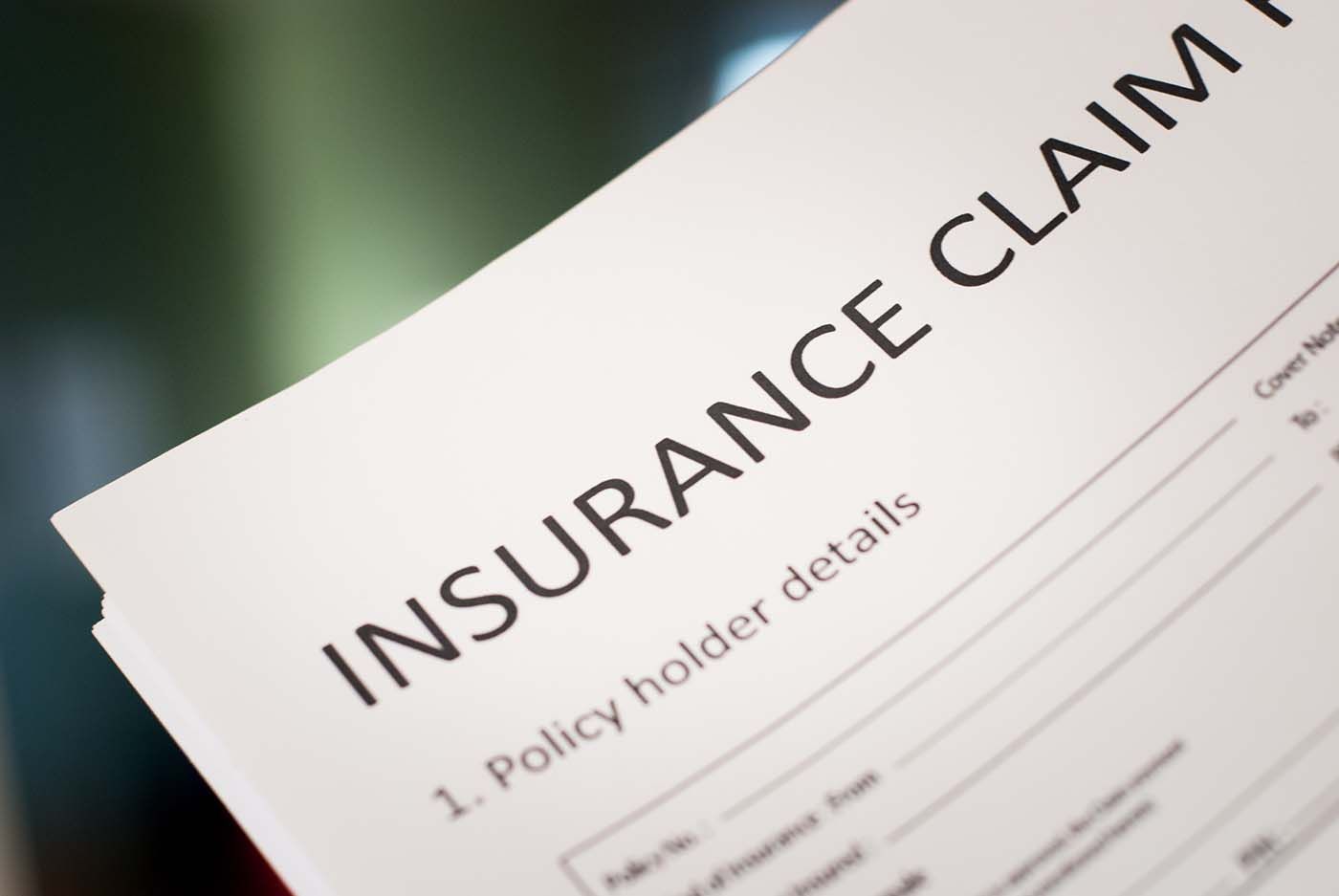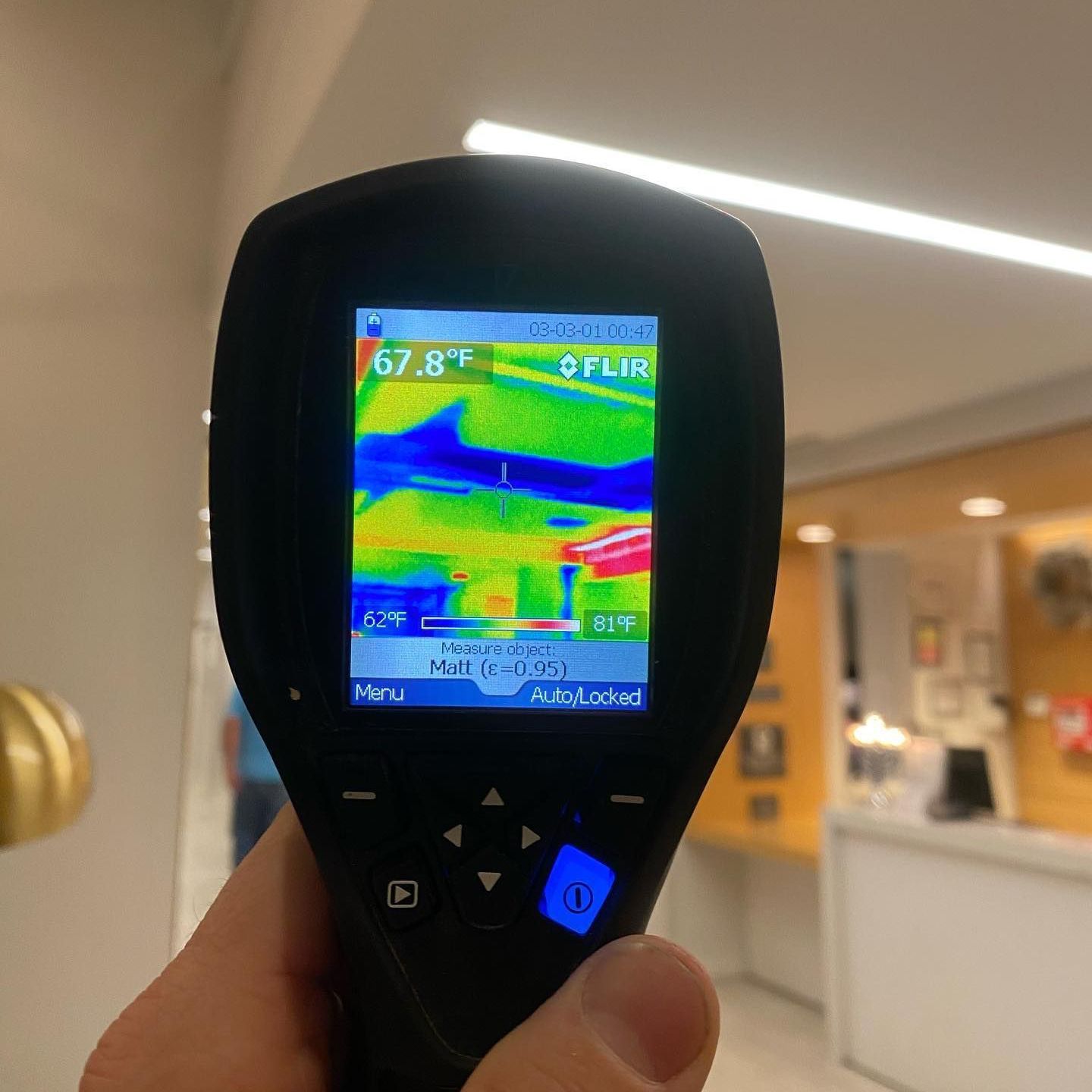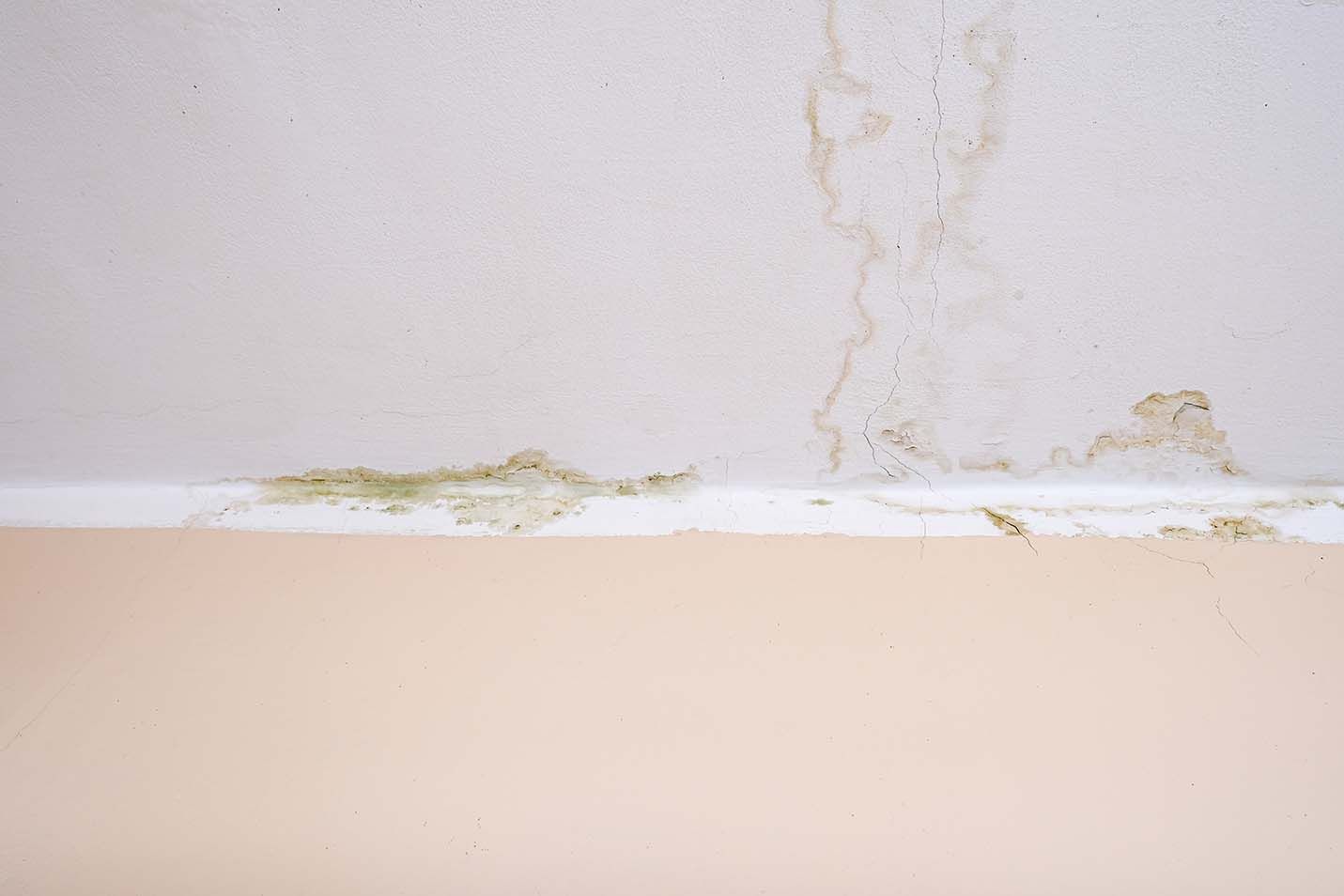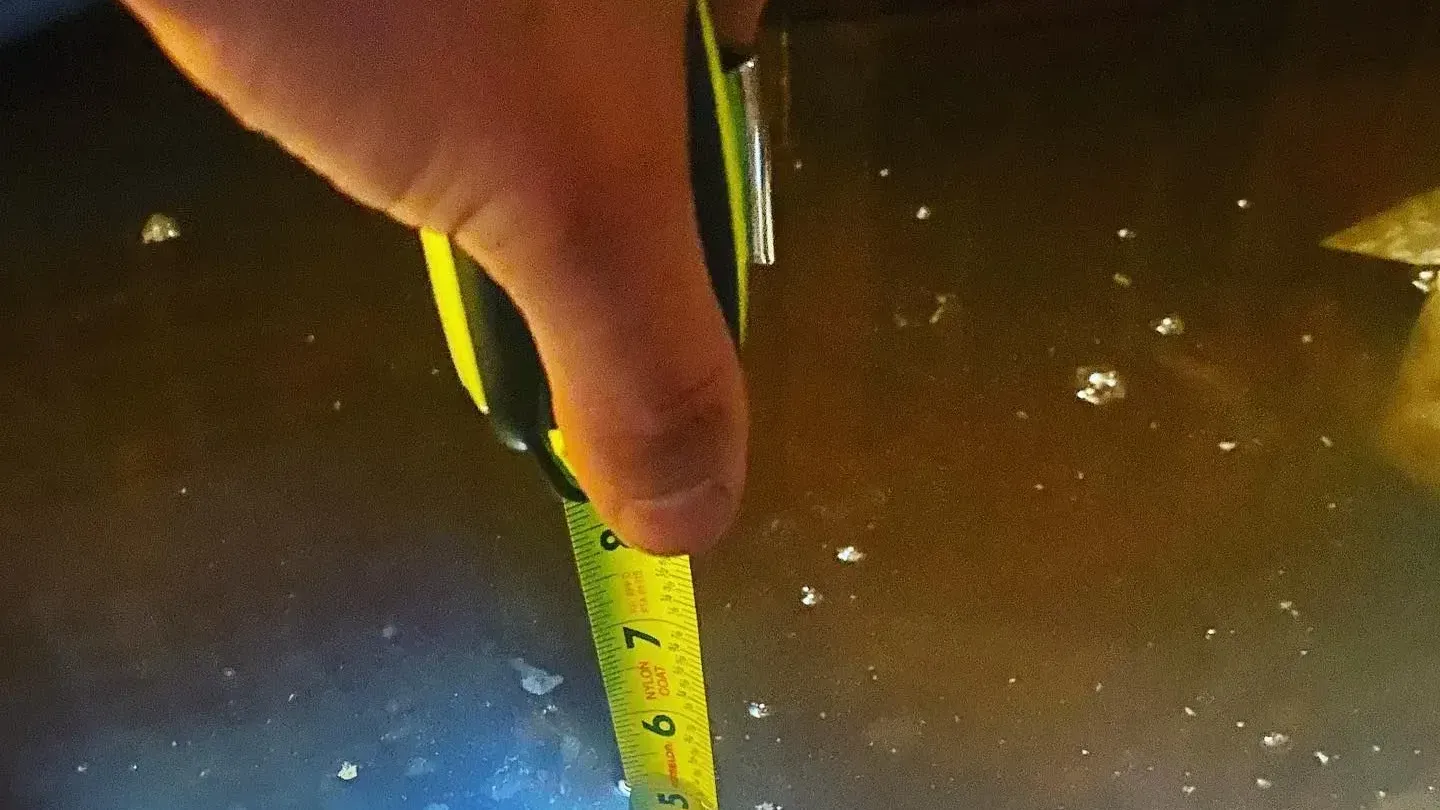Top Causes of Flooding in Homes and Businesses
At K.O.S. Restoration, we know firsthand how devastating flooding can be for Long Island homeowners and businesses. Since 2006, our IICRC-certified team has been helping the community recover from water damage and floods with top-rated restoration and mitigation services.
Flooding isn’t always caused by extreme weather—it can result from everyday issues that catch you off guard. Understanding the common causes of flooding can help you take proactive steps to protect your property. Let’s dive into the top causes of flooding and what you can do about them.
- Heavy Rainfall: When the skies open up, heavy rainfall can overwhelm drainage systems, causing water to back up into homes and businesses. Long Island’s low-lying areas are especially prone to flooding during storms. Regularly inspect and clean gutters and downspouts to ensure proper drainage. Consider installing a sump pump to protect basements and lower levels.
- Poorly Maintained Roofing: A leaking or damaged roof is a common culprit for water intrusion. Over time, wear and tear, missing shingles, or clogged gutters can lead to roof leaks that cause interior flooding. Schedule regular roof inspections, especially after severe weather, to catch and repair issues before they escalate.
- Plumbing Failures: Burst pipes: clogged drains, or faulty appliances like dishwashers and washing machines can quickly flood your property. These issues often happen unexpectedly, making them one of the most common causes of indoor flooding. Inspect your plumbing regularly for leaks or corrosion and replace old or worn-out pipes. Install water alarms to detect leaks early.
- Sewer Backups: Sewer backups occur when wastewater cannot flow through the drainage system, often due to clogs, tree root intrusion, or overwhelmed municipal systems during storms. Avoid flushing non-degradable items, and consider installing a backwater valve to prevent sewage from entering your property during heavy rain.
- Groundwater Intrusion: Groundwater flooding happens when the water table rises above the foundation of your property, allowing water to seep into basements or crawl spaces. This is a common issue in areas with high water tables, like parts of Long Island. Seal basement walls and floors with waterproof coatings and ensure your property has proper grading to direct water away from the foundation.
- Malfunctioning or Missing Sump Pumps: A sump pump is your first line of defense against basement flooding. If your sump pump fails or you don’t have one installed, water from heavy rains or plumbing leaks can quickly accumulate. Test your sump pump regularly and invest in a battery backup to keep it running during power outages.
- HVAC System Issues: Improperly maintained HVAC systems can lead to water leaks. Condensation lines, if clogged, can overflow and cause significant damage over time. Clean and inspect your HVAC system’s drainage components regularly to prevent blockages.
- Natural Disasters and Storm Surges: Hurricanes, nor’easters, and tropical storms can unleash massive amounts of water, overwhelming coastal and low-lying areas. Long Island’s proximity to the ocean makes it vulnerable to storm surges that lead to widespread flooding. Stay informed with weather alerts, and consider flood-proofing measures like sandbags or flood barriers during severe weather.
- Improper Drainage Around the Property: Poor grading or drainage systems that fail to redirect water away from your property can cause flooding after rain or snowmelt. Ensure your yard is properly graded, with soil sloping away from the foundation. Clean exterior drains regularly to keep water flowing freely.
- Burst Water Mains: Municipal water mains can break, releasing thousands of gallons of water into the surrounding area. If your property is near a water main break, flooding may be unavoidable. While you can’t prevent a water main break, having flood insurance and a restoration plan in place can minimize recovery costs and downtime.
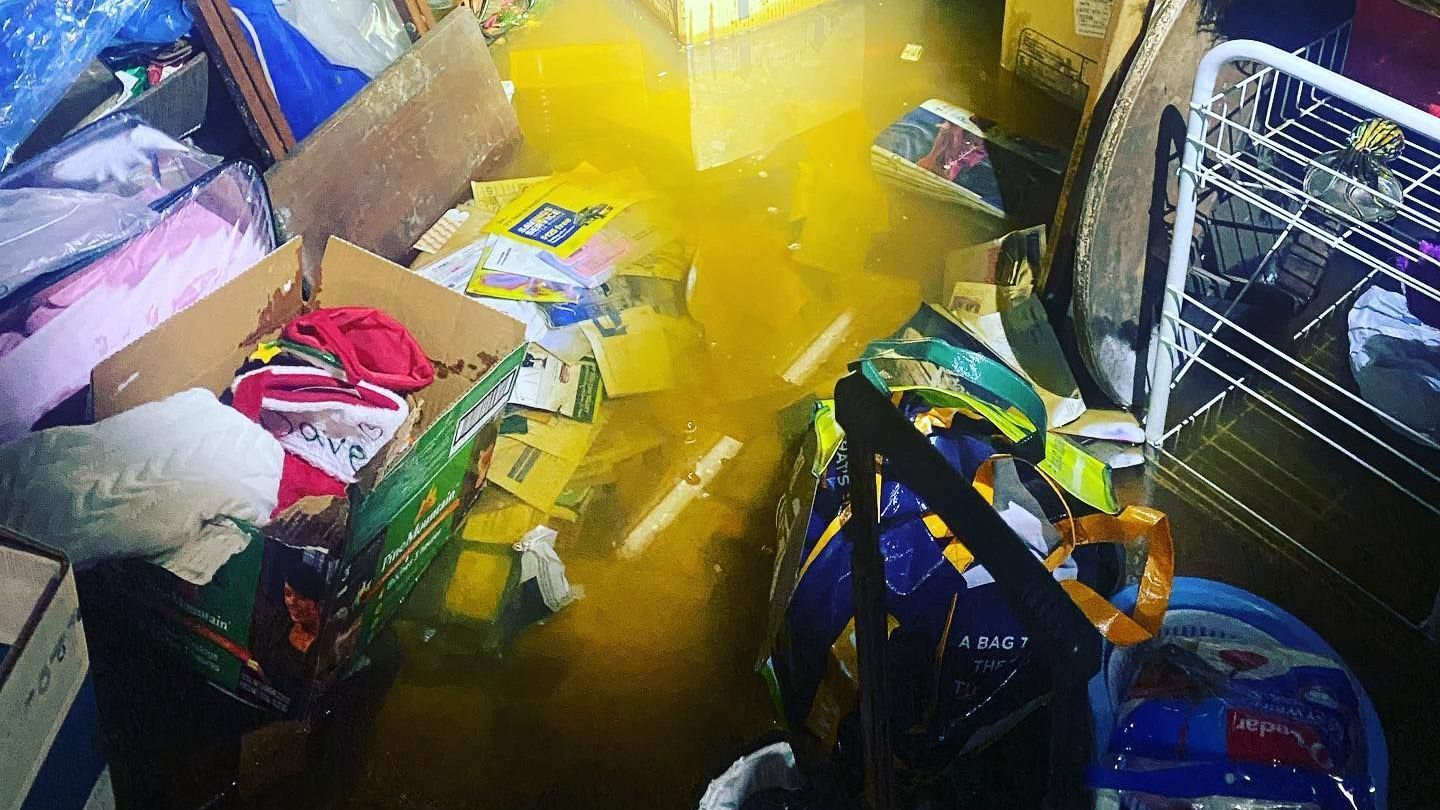
How K.O.S. Restoration Can Help
If flooding happens despite your best efforts, K.O.S. Restoration is here to help. Since 2006, our top rated team has been providing Long Island with:
- IICRC-Certified Restoration Services: Trust our trained professionals to handle even the toughest flood damage scenarios.
- 24/7 Emergency Response: Flooding doesn’t wait, and neither do we. Call us anytime for immediate assistance.
- Comprehensive Mitigation Services: From water extraction to structural drying, we’ll get your property back to pre-flood condition.
- Residential and Commercial Expertise: Whether it’s your home or business, we’ve got the experience to restore it all.
Flooding can happen unexpectedly, but knowing the common causes can help you stay prepared. Whether it’s a burst pipe or a natural disaster, K.O.S. Restoration is your trusted partner for flood restoration on Long Island.
Since 2006, we’ve been here for our community—offering fast, professional, and top-rated services when you need them most. If you’re dealing with flooding or mold, don’t hesitate to reach out.
Contact K.O.S. Restoration today (631) 560-8999. We’re here 24/7 to help!
What is the first step after discovering a flood?
Turn off the water supply (if applicable), ensure safety by avoiding electrical hazards, and contact K.O.S. Restoration immediately for assistance.
Can minor leaks cause significant flooding?
Yes! Even a small, unnoticed leak can escalate into major water damage if not addressed promptly.
How quickly should I act after a flood?
Immediately. The faster restoration begins, the more damage can be minimized.
Does flood insurance cover all types of flooding?
Flood insurance typically covers natural flooding, but damage from plumbing issues may require separate coverage.
How do you remove water during flood restoration?
Describe the item or answer the question so that site visitors who are interested get more information. You can emphasize this text with bullets, italics or bold, and add links.


